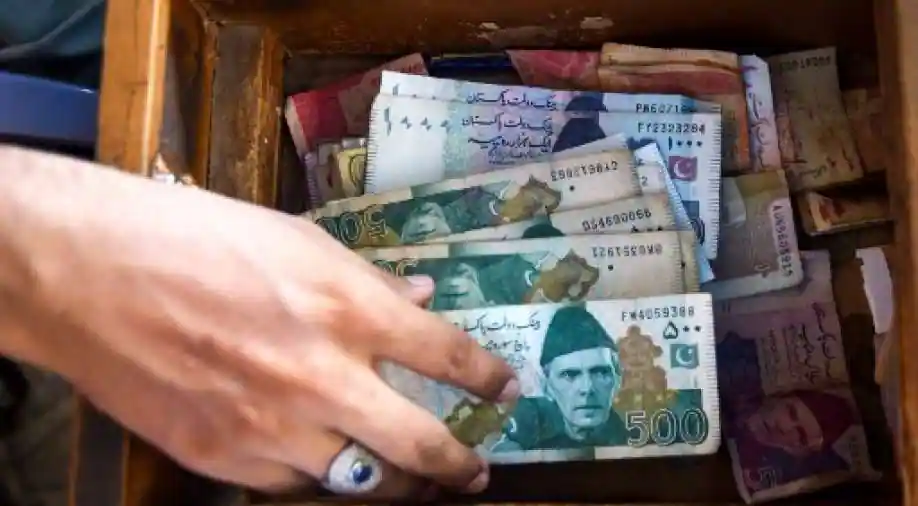Pakistan is blindly following Sri Lanka’s path, which will lead the country to fall into the Chinese debt trap. Pakistan’s already fragile economy suffered another setback when China recently demanded $55.6 million in repayment for the Lahore Orange Line Project by November 2023, according to the Italian publication Osservatorio Globalizzazione.
Meanwhile, at the end of March, the foreign exchange reserves held by the State Bank of Pakistan fell by a massive $2.915 billion, due to the repayment of external debt. Thus, Pakistan faces a bleak economic future as far as relations with China are concerned.The Chinese company, China-Railway North Industries Corporation (CR-NORINCO), which completed the Lahore Orange Line Project in 2020, has demanded from the Punjab Mass Transit Authority an outstanding sum of $45.3 million by the end of March 2023 and the remaining outstanding of $10.5 million by the end of the year. CR-NORINCO has insisted that all dues be repaid before the expiry of the contract on November 16, 2023, reported Osservatorio Globalizzazione.
China has made a hard bargain with Pakistan when it comes to paybacks on its loans and other investments in Pakistan. In the fiscal years 2021–2022, Pakistan paid around $150 million towards interest to China for using a $4.5 billion Chinese trade finance facility. In the financial year 2019-2020, Pakistan paid $120 million towards interest on $3 billion in loans.
The Chinese demand for the Lahore Line payment was made in the first week of April 2022, when the new political dispensation under PM Shehbaz Sharif had just stepped into office. Earlier, at the beginning of March 2022, China acceded to Pakistan’s request to roll over a whopping $4.2 billion debt repayment to provide major relief for its all-weather ally, reported Osservatorio Globalizzazione. China has been quite stringent in recovering money from Pakistan.
In Pakistan’s energy sector, for instance, Chinese investors have repeatedly insisted on resolving issues relating to existing project sponsors in order to attract fresh investment. Some Chinese projects in Pakistan are facing problems in securing insurance for their loans in China due to Pakistan’s massive energy sector circular debt of about $14 billion.
Pakistan owes Chinese power producers approximately $1.3 billion Pakistani rupees, of which only $280 million has been paid. Another example of hard bargaining by China over monetary dealings vis-a-vis Pakistan is well documented in the case of the Dasu Dam Project. Last year, China demanded USD 38 million towards compensation for the families of 36 engineers who had died in the Dasu Dam terror attack.Compensation was made a precondition for the resumption of work on the project. To placate China, Pakistan subsequently agreed to pay $11.6 million as compensation.While China is heavily responsible for Pakistan’s debt problems, it is the mishandling of Pakistan’s economy by successive governments that has led to the current impasse. Extensive loans taken from China, Saudi Arabia, and Qatar, as well as 13 loans from the IMF over 30 years (with most loan programmes called off mid-way for failure to fulfil loan conditions), are a major cause of the economic downturn.
The 2019 USD 6 billion IMF loan is also on hold, and China has dealt with Pakistan’s frequent requests for help. Ironically, Pakistan, on its part, is not shy about playing the loan addict. This strategy has not paid dividends and is only making Pakistan sink deeper into debt. Pakistan must be closely watching developments in Sri Lanka, for it could be the next nation to face the consequences of bad economic policies and heavy debt burdens, reported Osservatorio Globalizzazione.

